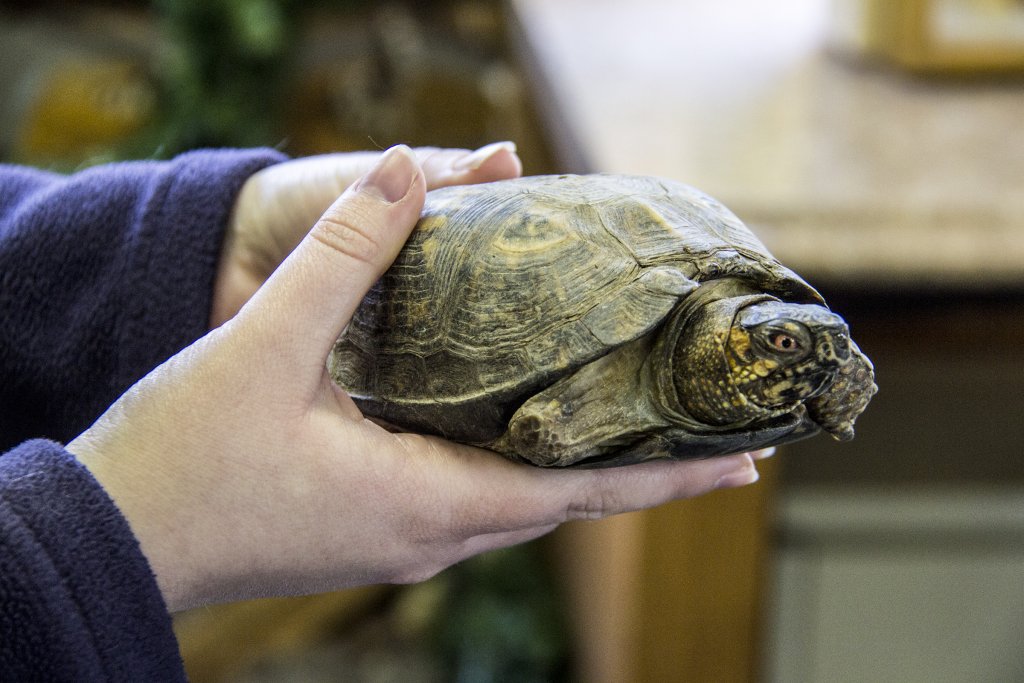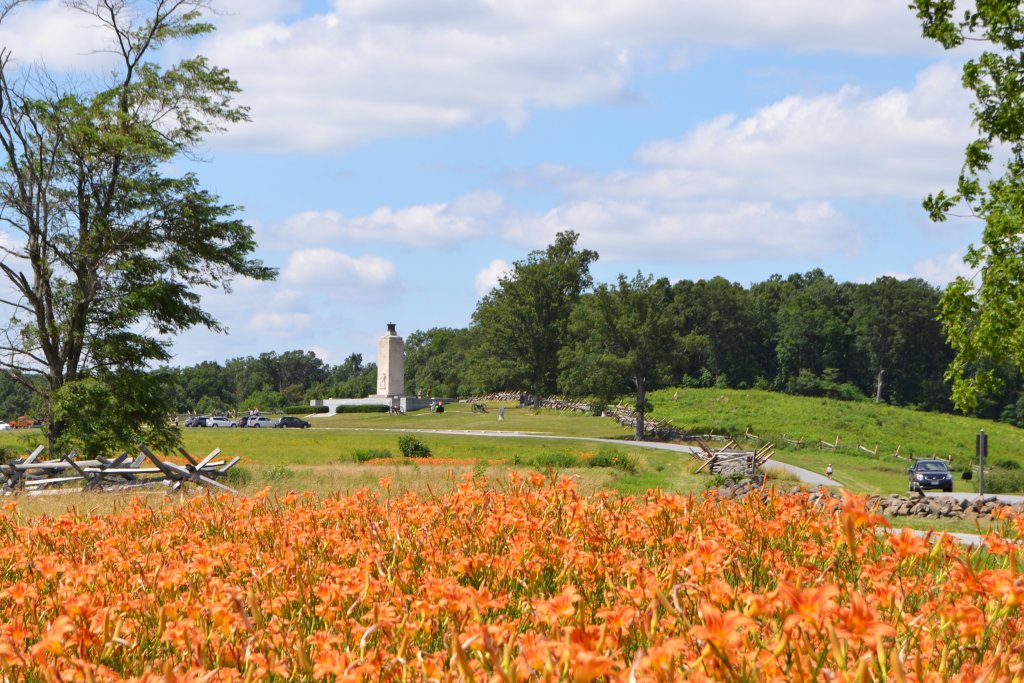Get the 2025 Gettysburg Getaway Guide
Check out our Getaway Guide online or have us send you one. Have an immediate question? Call us at 1.800.337.5015
Get the GuideMillions of visitors flock to Gettysburg each year, and while thousands of people reside here year round, this historic destination is also home to scores of plants and wildlife.
Native trees and flowers beautify the landscape, offering stunning views every season. Evergreen trees blanketed with snow, vibrant orange leaves in autumn, and fruit blossoms during spring are just a few of the sights you can expect around Gettysburg.
Wildflowers can be spotted throughout Gettysburg National Military Park. Virginia bluebells and violets pop up during the spring, according to the National Park Service. Expect aster and goldenrod in the summer to fall. Rosy-pink blossoms of the Eastern redbud tree emerge at springtime. Species of oak, hickory and poplar are common trees.



Pennsylvania is the fourth-highest producer of apples in the United States, which means visitors can expect gorgeous blossoms in the spring. The South Mountain Fruit Belt in the Adams County countryside covers 20,000 acres. Its rolling hills present fertile growing conditions for pears, peaches, and other fruits. The historic Peach Orchard at Gettysburg National Military Park is a must-see.
Though not always as eye-catching as blossoms, more than 550 species of plants can be found in the park, according to the National Park Service. Of these, 410 are native and 23 are considered endangered, threatened, or species of special concern.
White-tailed deer, gray and red squirrels, eastern chipmunks and the eastern brown bats frequent the park. Explorers may come across frogs, toads, newts, and salamanders, too.
Wetland habitats throughout the park make great homes for eastern box turtles and snapping turtles. Don’t be alarmed to see the northern water snake in the water but do keep an eye out for venomous copperhead and timber rattlesnakes on land.
Feathered friends are diverse and plentiful at Gettysburg. Nearly 190 species of birds have been identified within Gettysburg National Military Park, according to the National Park Service. Nine species have been designated as threatened, endangered, or of special concern by the Pennsylvania Natural Heritage Program. These include the great blue heron, short-eared owl, bald eagle, and barn owl.
Geese and ducks enjoy the park’s streams, but look to the trees and you’ll probably find a red-winged blackbird or several species of woodpecker, according to the eBird online database. Wild turkeys trot about, and red-tailed hawks keep watch on the ground below.
When you explore Gettysburg’s great outdoors, be mindful of the environment and leave no trace. Respect the living creatures that call this place home, and if you tread quietly, you may be lucky enough to meet one.
For more information about Gettysburg National Military Park’s natural environment, visit https://www.nps.gov/gett/learn/nature/index.htm.

Check out our Getaway Guide online or have us send you one. Have an immediate question? Call us at 1.800.337.5015
Get the GuideDon’t miss a thing that’s going on in Gettysburg; sign up to receive our fun and informative travel planning newsletter.
Let's Go